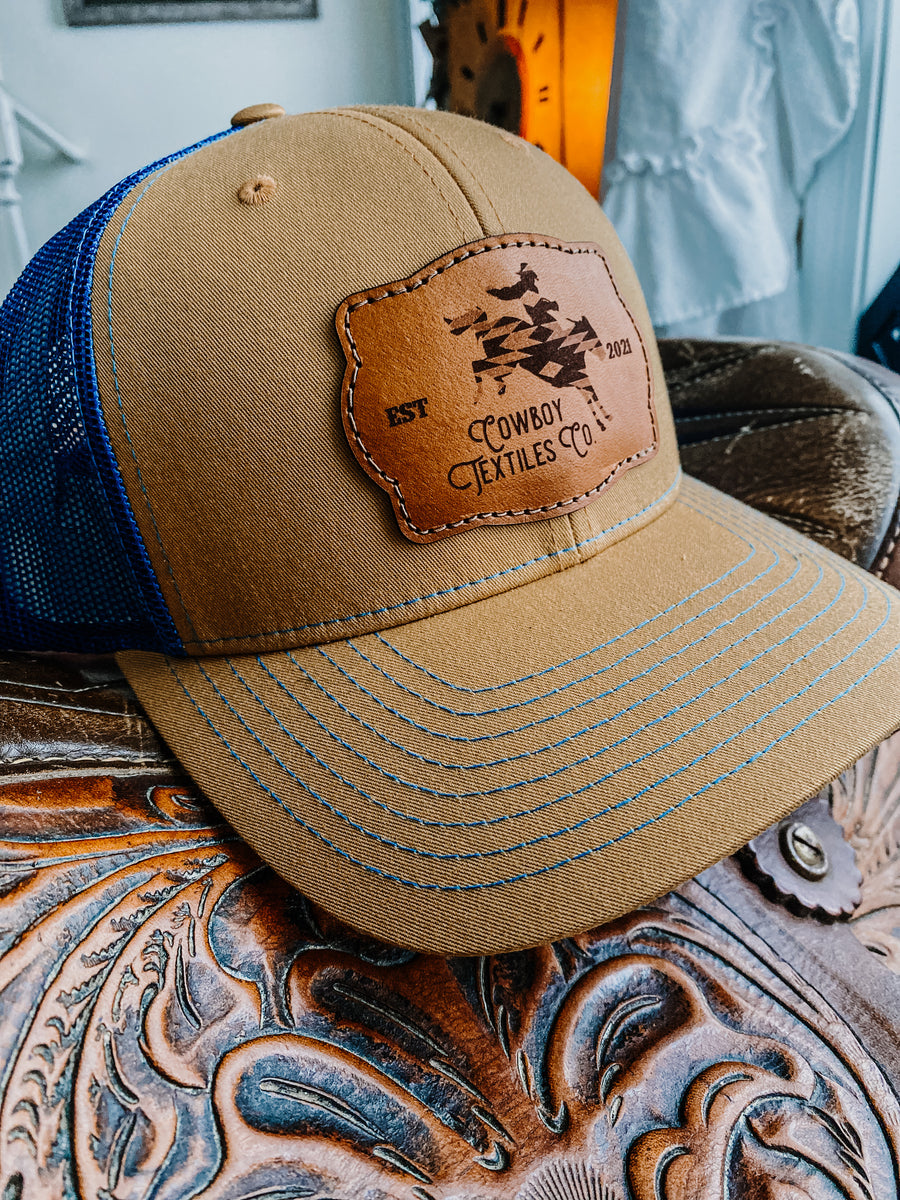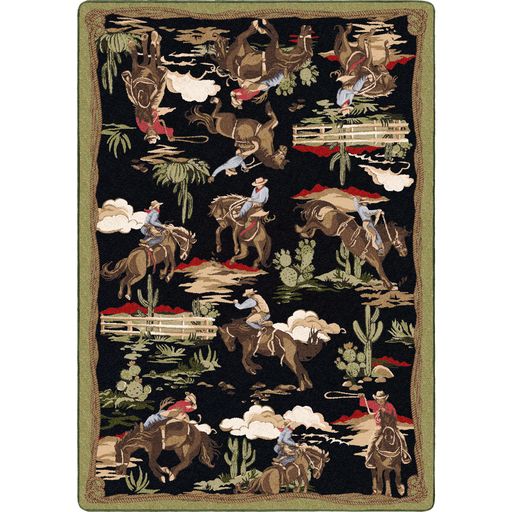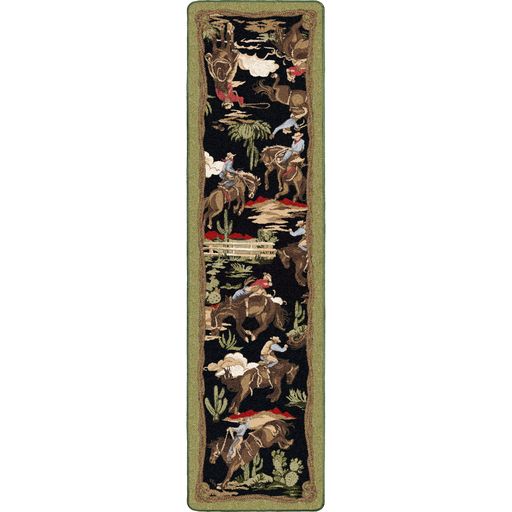When you think of cowboy textiles, what comes to mind? Is it the rugged charm of denim, the timeless elegance of bandanas, or the intricate patterns of traditional Western wear? Whatever your association, cowboy textiles have become an iconic part of American culture, blending practicality with style in ways that few other fabrics can match. From the Wild West to modern-day fashion runways, these materials have stood the test of time, proving their versatility and appeal across generations.
But why are cowboy textiles so special? Well, it all starts with their history. Back in the days of cowboys and cattle drives, durability was key. A cowboy needed clothes that could withstand long hours in the saddle, harsh weather conditions, and the occasional tumble in the dirt. This practical need gave rise to fabrics like denim, leather, and wool, which became staples of the cowboy wardrobe. Today, those same materials continue to inspire designers and fashion enthusiasts around the world.
As we dive deeper into the world of cowboy textiles, you'll discover not just their historical significance but also their modern applications. Whether you're a fan of vintage Western wear or simply appreciate high-quality fabrics, this guide will take you on a journey through the past, present, and future of cowboy textiles. So buckle up, partner, and let's explore the fabric frontier together!
Read also:Austin Stiles The Rising Star Whorsquos Making Waves In Hollywood
Table of Contents
- The History of Cowboy Textiles
- Key Materials in Cowboy Textiles
- Cowboy Textiles in Modern Fashion
- Top Brands in Cowboy Textiles
- How to Care for Cowboy Textiles
- Sustainability in Cowboy Textiles
- Current Trends in Cowboy Textiles
- Influential Designers in Cowboy Textiles
- The Global Market for Cowboy Textiles
- The Future of Cowboy Textiles
The History of Cowboy Textiles
Let's rewind the clock a bit and take a look at where it all began. The roots of cowboy textiles go way back to the mid-1800s when cowboys were more than just a fashion statement—they were a way of life. Back then, cowboys needed clothing that could handle the rough and tumble world of cattle ranching. Denim, for example, was originally created as workwear for miners but quickly found its way into the cowboy wardrobe because of its strength and durability. And let's not forget leather, the ultimate material for boots, chaps, and jackets, providing both protection and style.
As the years rolled on, cowboy textiles started to evolve. What began as purely functional garments gradually took on decorative elements, with embroidery and intricate stitching becoming more common. This shift wasn't just about aesthetics; it was also about identity. Cowboys wanted to stand out, to show off their skills and accomplishments through the clothes they wore. And thus, a new era of cowboy fashion was born.
How Cowboy Textiles Shaped American Culture
But cowboy textiles didn't just stay confined to the ranches of the Wild West. They made their way into mainstream American culture, influencing everything from movies to music. Think about it—how many times have you seen a cowboy hat or a pair of boots in a Western movie? Or heard a country song that mentioned a "denim shirt" or "leather vest"? These textiles became symbols of freedom, adventure, and the American spirit, resonating with people from all walks of life.
Key Materials in Cowboy Textiles
Now that we've covered the history, let's talk about the materials themselves. Cowboy textiles are defined by their use of specific fabrics, each chosen for its unique properties. Denim, leather, wool, and cotton are the big players in this game, each bringing something special to the table.
Denim: The Workhorse of Fabrics
Denim is arguably the most iconic material associated with cowboy textiles. Originally developed in the late 1800s, denim was designed to withstand the toughest conditions. Its thick, durable weave made it perfect for jeans, jackets, and other garments that cowboys needed to survive long days on the range. Plus, it had that cool, rugged look that just screamed "cowboy."
Leather: Tough and Timeless
Then there's leather, the ultimate symbol of cowboy toughness. Whether it's boots, belts, or saddles, leather has been a staple of the cowboy lifestyle for centuries. Not only is it incredibly durable, but it also develops a unique patina over time, telling the story of its wearer. And let's not forget about its versatility—leather can be tooled, stitched, and embossed to create one-of-a-kind designs that truly stand out.
Read also:Jennifer Lanne The Voice That Defines A Decade
Cowboy Textiles in Modern Fashion
Fast forward to today, and cowboy textiles are more popular than ever. They've made their way from the ranch to the runway, gracing the pages of fashion magazines and the catwalks of major fashion weeks. Designers are constantly finding new ways to incorporate these classic materials into contemporary designs, proving that cowboy textiles are here to stay.
From Rodeo to Runway
So, how exactly did cowboy textiles make the leap from rodeo to runway? It all started in the 1970s when designers began experimenting with Western-inspired looks. Think fringe, embroidery, and bold patterns—all elements that have since become staples of modern fashion. Today, you can find cowboy-inspired pieces in collections from high-end designers to fast-fashion brands, showing just how versatile and timeless these textiles truly are.
Top Brands in Cowboy Textiles
When it comes to cowboy textiles, there are a few brands that really stand out. These companies have been crafting high-quality garments for decades, earning a reputation for excellence in the process.
- Wrangler: Known for their durable denim and classic Western styles, Wrangler has been a favorite among cowboys and fashionistas alike since 1947.
- Lee: Another denim powerhouse, Lee offers a wide range of cowboy-inspired clothing that combines tradition with modern flair.
- Stetson: Famous for their iconic cowboy hats, Stetson has been a symbol of Western style for over 150 years.
How to Care for Cowboy Textiles
Investing in quality cowboy textiles is one thing, but knowing how to care for them is another. Proper maintenance can extend the life of your garments and keep them looking great for years to come.
Denim Care Tips
For denim, the key is to wash it as little as possible. Each time you wash your jeans, you're breaking down the fibers, which can lead to wear and tear. Instead, try spot cleaning any stains and airing out your jeans between wears. When you do wash them, use cold water and a gentle detergent to preserve the color and texture.
Leather Care Tips
Leather requires a bit more attention, but it's well worth the effort. Regularly conditioning your leather items with a quality leather conditioner can help keep them supple and prevent cracking. And if you notice any scratches or scuffs, a little leather polish can work wonders to restore their appearance.
Sustainability in Cowboy Textiles
With the growing concern over environmental issues, many companies in the cowboy textile industry are turning their attention to sustainability. They're finding ways to produce their garments using eco-friendly materials and processes, ensuring that the legacy of cowboy textiles continues for generations to come.
Eco-Friendly Denim
Denim production has traditionally been a resource-intensive process, requiring large amounts of water and chemicals. However, some brands are now using innovative techniques to reduce their environmental impact. For example, they're experimenting with organic cotton and water-saving technologies to create denim that's both stylish and sustainable.
Current Trends in Cowboy Textiles
As with any fashion category, cowboy textiles are constantly evolving. Right now, there are a few trends that are really taking off in this space.
Bold Colors and Patterns
Gone are the days of plain blue jeans and brown leather boots. Today's cowboy textiles are all about making a statement with bold colors and patterns. From neon denim to embroidered leather, designers are pushing the boundaries of what it means to be "cowboy chic."
Influential Designers in Cowboy Textiles
Behind every great piece of cowboy-inspired fashion is a talented designer. These individuals have taken the traditional elements of cowboy textiles and transformed them into something truly remarkable.
Tom Ford
Tom Ford is one such designer who has made a name for himself in the cowboy textile world. His collections often feature Western-inspired elements, blending classic cowboy style with modern luxury. From fringed jackets to embroidered vests, Ford's designs are both timeless and innovative.
The Global Market for Cowboy Textiles
So, how big is the market for cowboy textiles? According to recent data, it's pretty substantial. With increasing interest in Western fashion and a growing awareness of sustainable practices, the demand for high-quality cowboy textiles continues to rise. This trend is expected to continue in the coming years, as more and more consumers seek out authentic, eco-friendly products.
The Future of Cowboy Textiles
Looking ahead, the future of cowboy textiles looks bright. As technology advances and new materials are developed, we can expect to see even more innovation in this space. From smart fabrics that monitor your health to biodegradable leathers, the possibilities are endless. And with the continued popularity of Western fashion, cowboy textiles will undoubtedly remain a key player in the global fashion industry for years to come.
Kesimpulan
From their humble beginnings on the ranches of the Wild West to their current status as fashion icons, cowboy textiles have come a long way. They've proven their durability, versatility, and style, capturing the hearts of people all over the world. Whether you're a fan of classic denim or modern leather designs, there's something for everyone in the world of cowboy textiles.
So, what are you waiting for? Dive into the world of cowboy textiles and discover the perfect pieces to add to your wardrobe. And don't forget to share your thoughts in the comments below or explore more articles on our site. Together, let's keep the spirit of the cowboy alive and well in the world of fashion!


